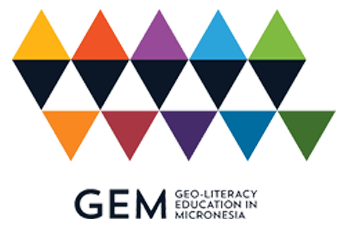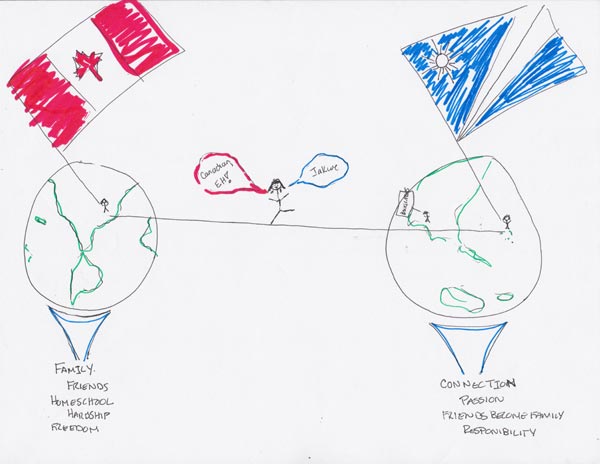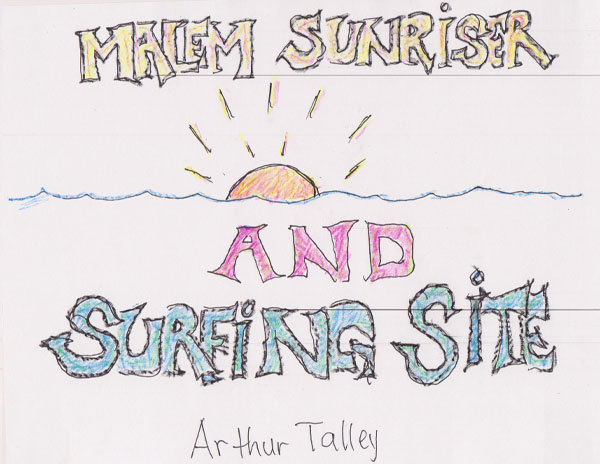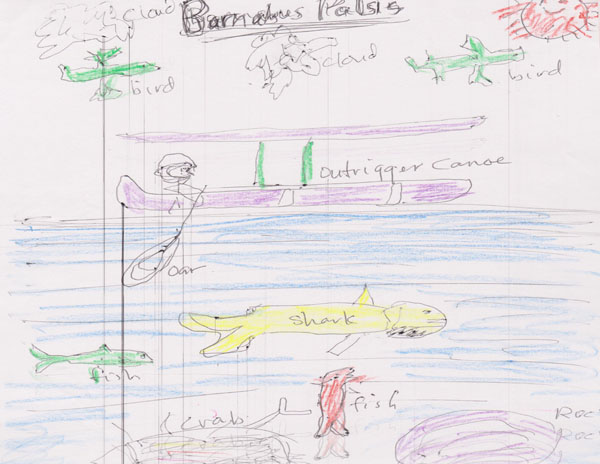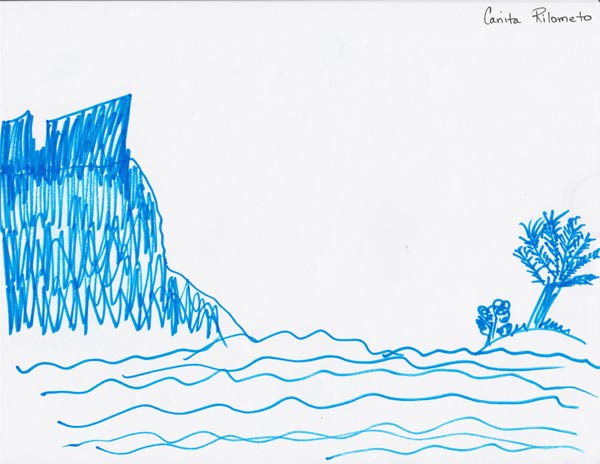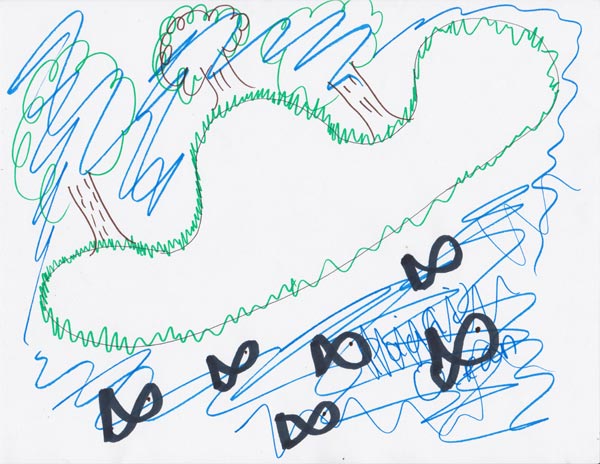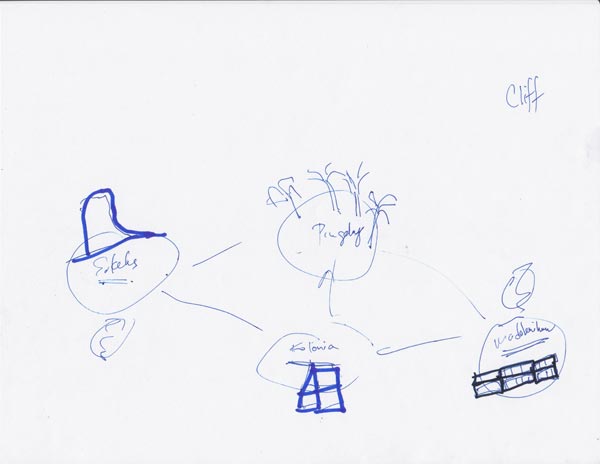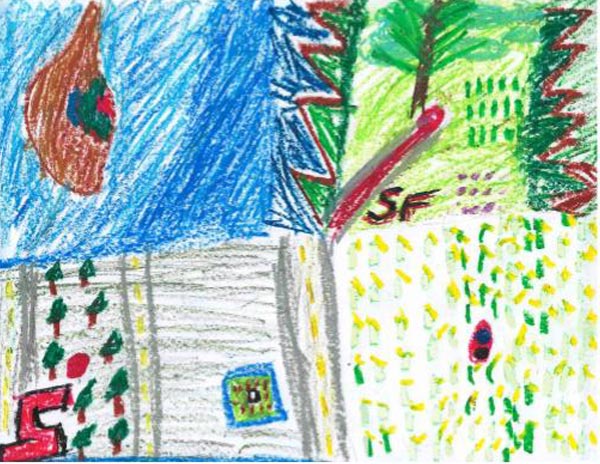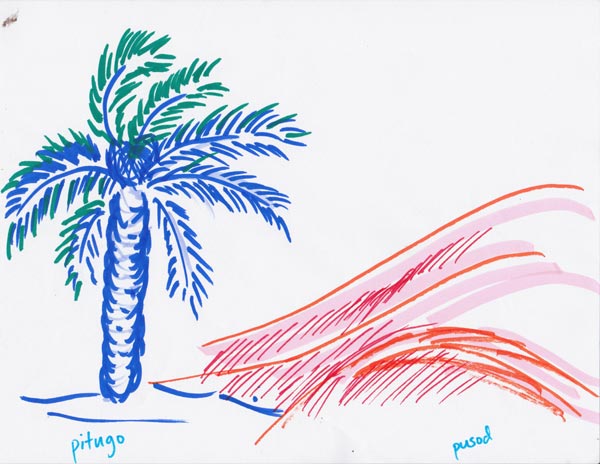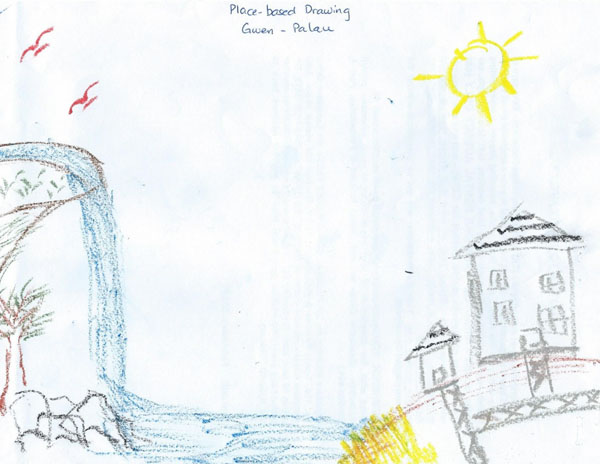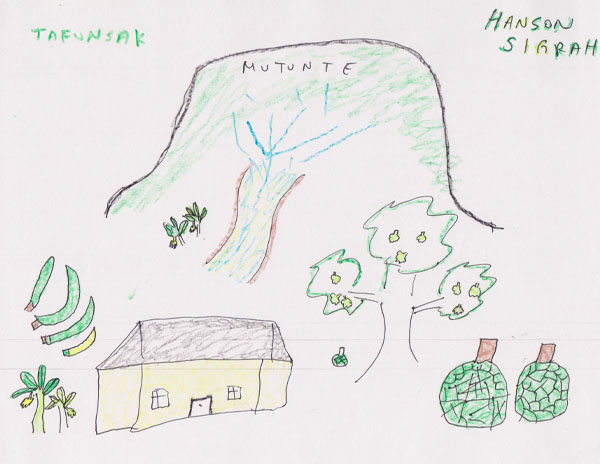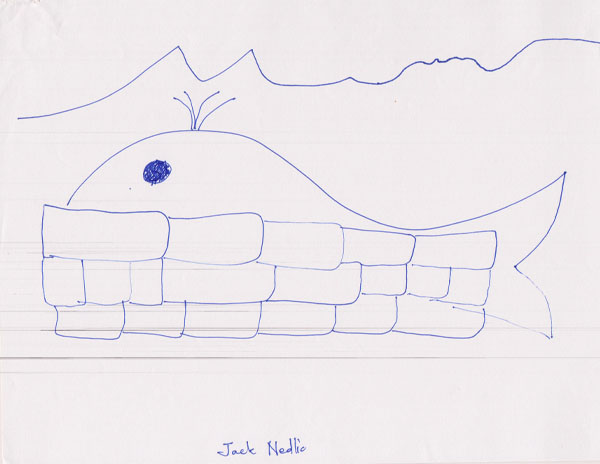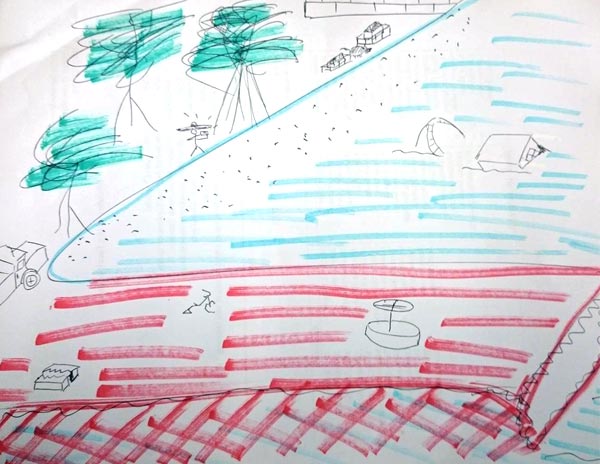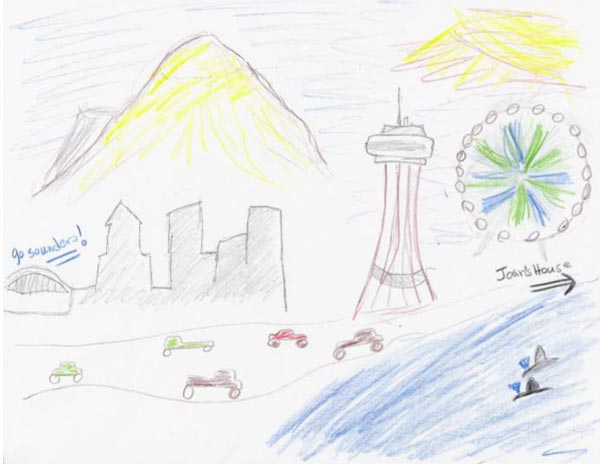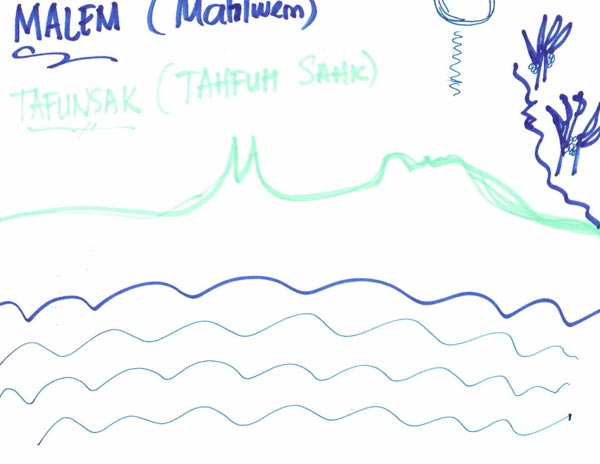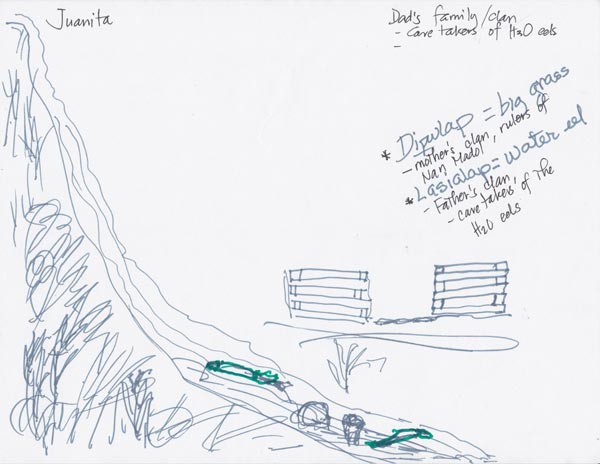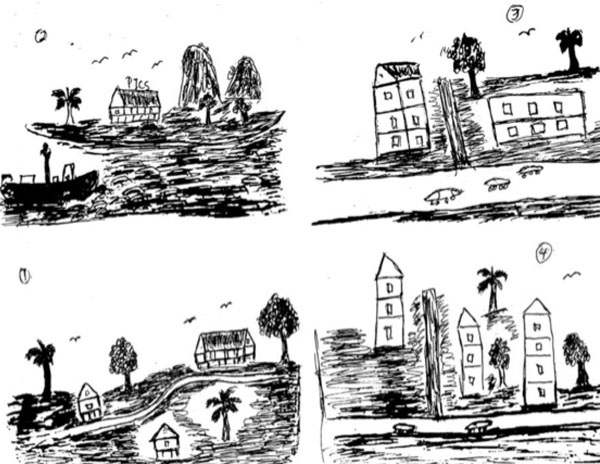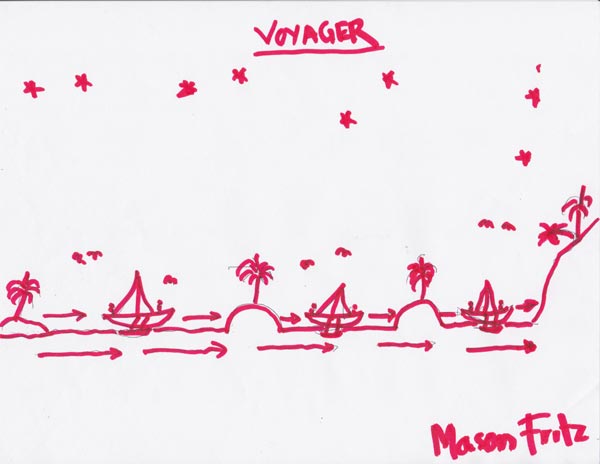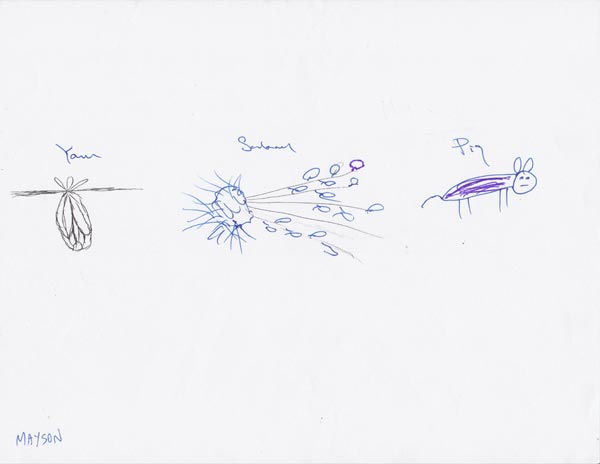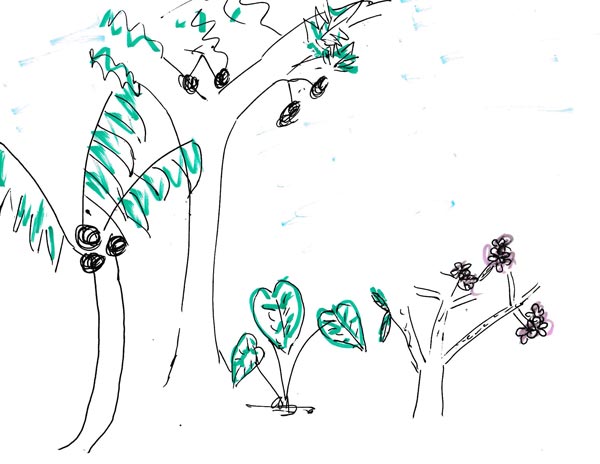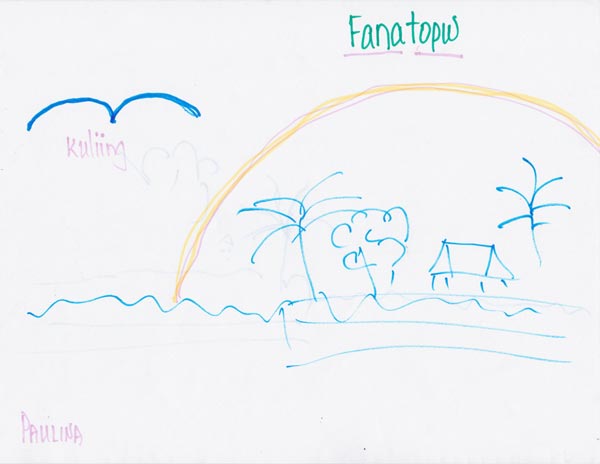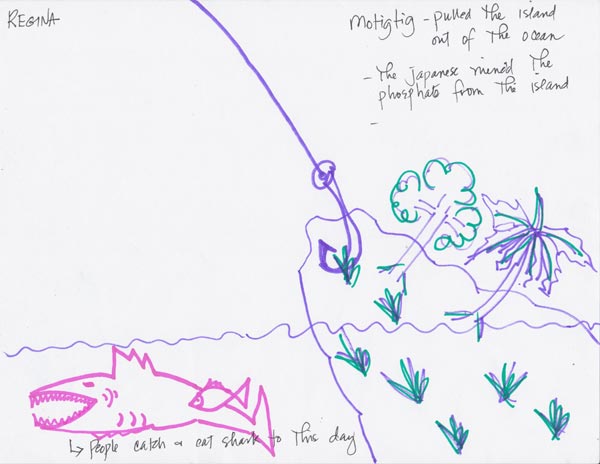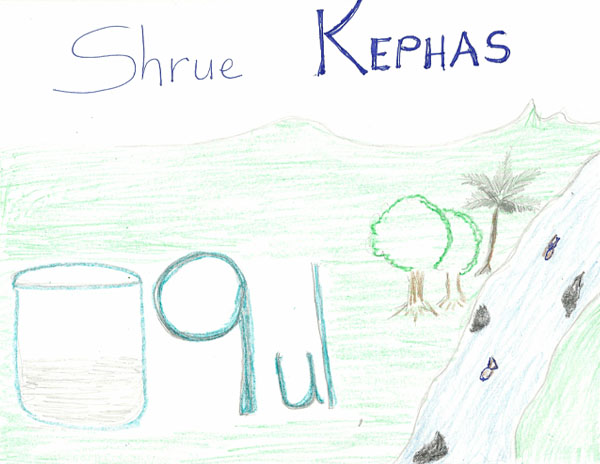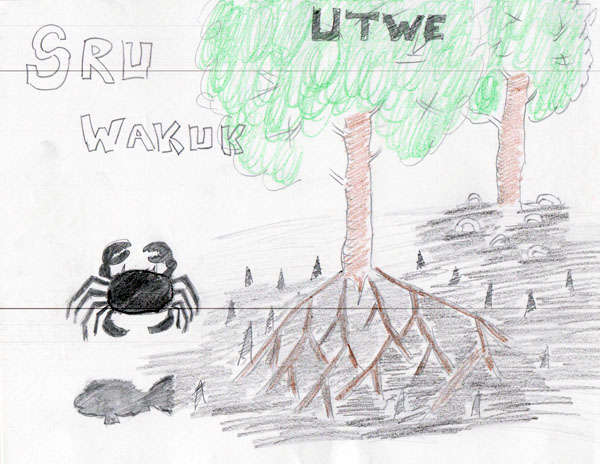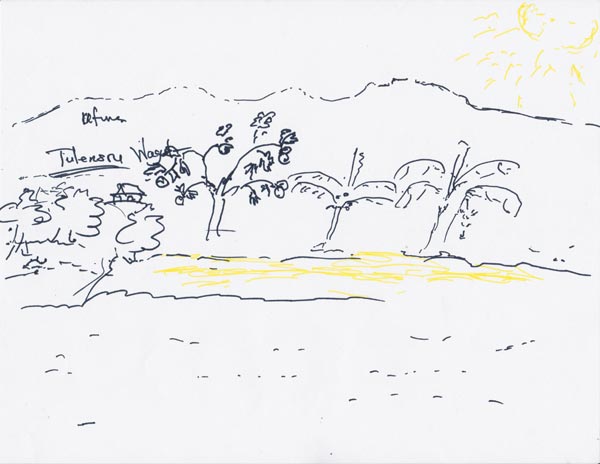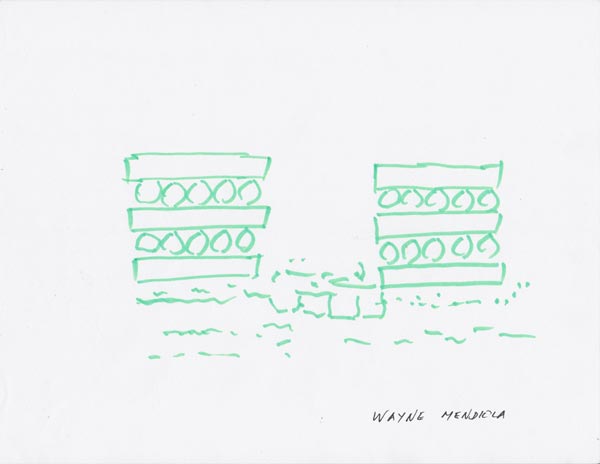Foundational Activities
During our ISLeT kick-off meetings, partners were coming together for the first time to gain a clearer understanding of the GEM project goals and begin the process of co-learning about geo-literacy and co-creating learning tools. We laid the foundation for these meetings through a series of activities intended to build our understanding of geo-literacy based on our own places, experiences, questions, and knowledges that have been passed down to us.
Place-Based Introductions
Each ISLeT kick-off includes an opportunity for members to introduce themselves through one of their significant places. Each member draws their place and shares a memory of that place with the ISLeT.
These introductions allow ISLeT members to tell us about who they are in the context of their communities. We often share memories of our childhoods, our families, favorite plants and animals, and the special people and events that make these places significant to us.
Here are examples of some of the place-based introductions shared in our ISLeTs.
To listen, click on the image.
Lightbulb Moments
We continue to explore our geo-literacy skills by thinking about “lightbulb moments” — those moments during which you realize that you or others in your life are “reading” the skies, the lands, and the waters.
ISLeT members are asked to represent that moment with a photo and share that moment with the group. Acknowledging these lightbulb moments allows us to see that we are already observing the lands, waters, and skies around us, and that observation skills are often taught to us by others.
Here are some examples of lightbulb moments shared in our ISLeTs.
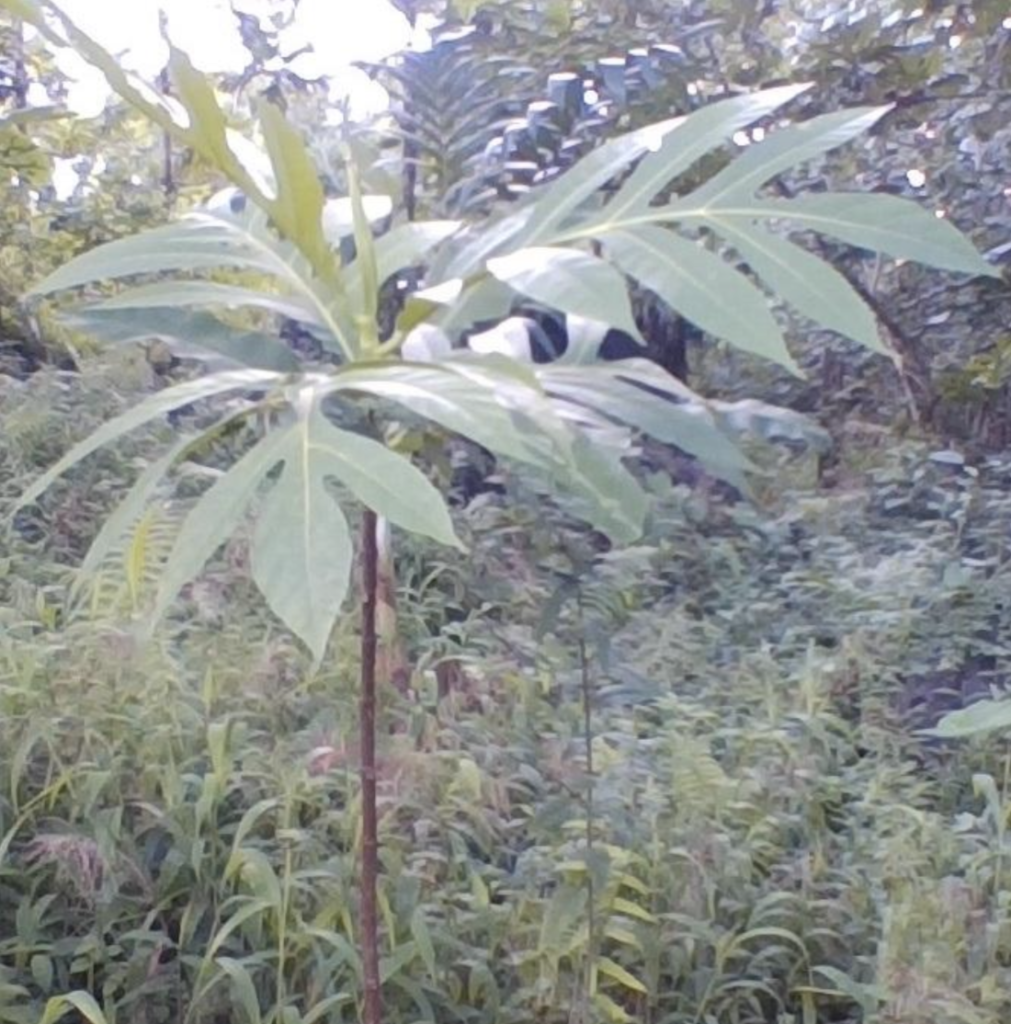
Before transplanting breadfruit seedling it is important to mark the side facing where the sun rises. When planting the seedling make sure the mark faces where the sun rises. In doing so, it is believed that the breadfruit will bear fruits year around without following breadfruit seasons.
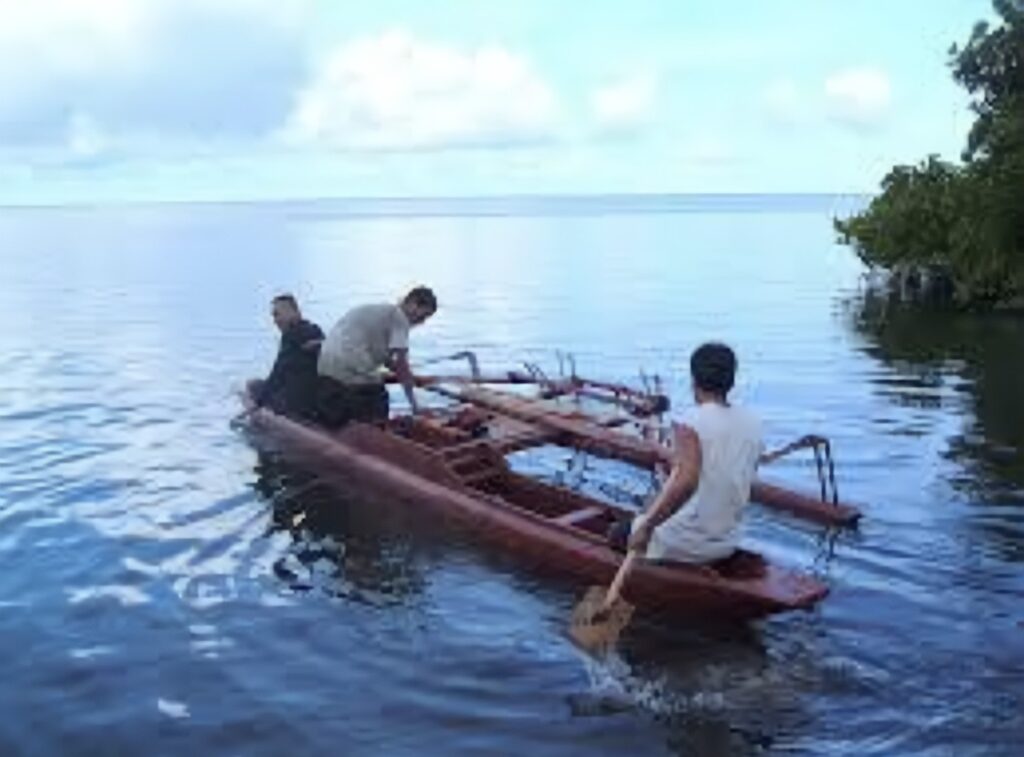

From there, a bell rang in head. The light bulb glow within me that moment and I remember that till now.
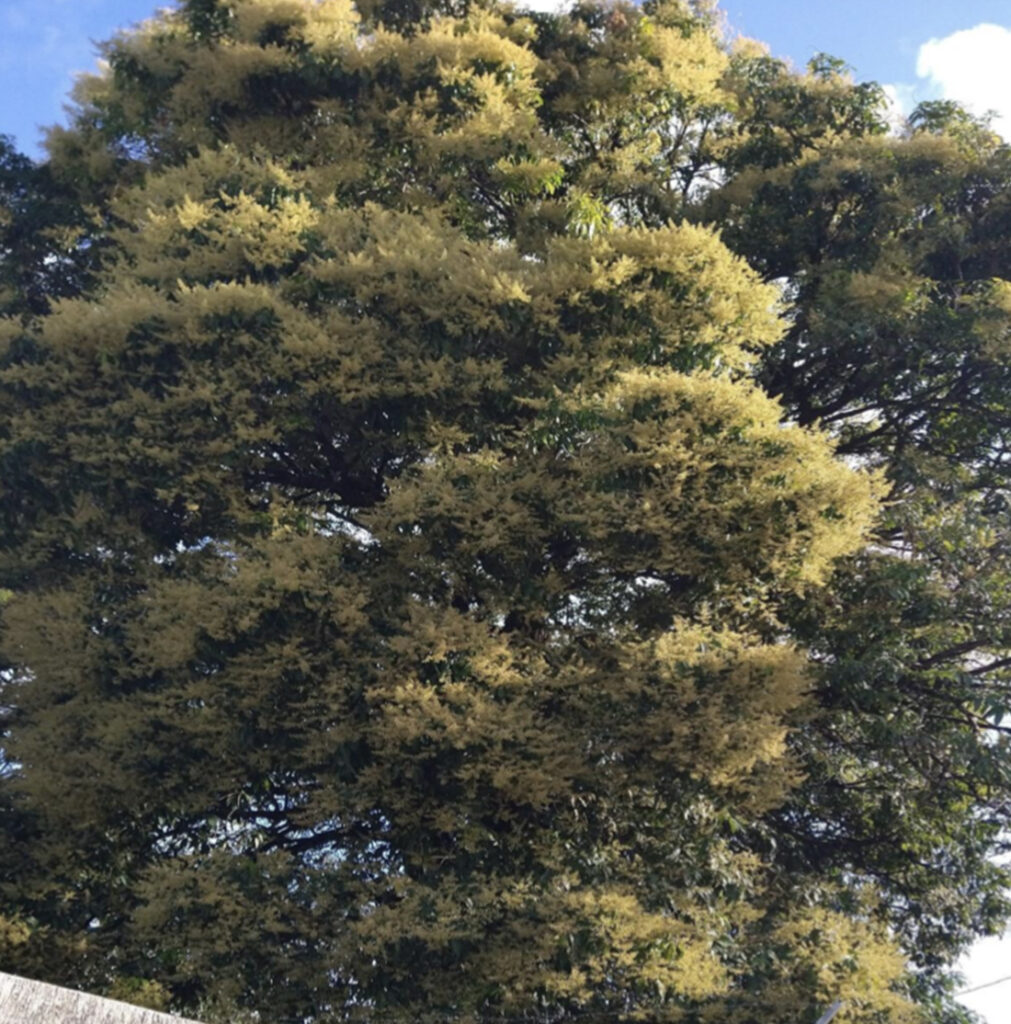
Expressing Action & Directions
Our languages hold the ways that we think about moving around in the world and how we interpret materials that orient us (e.g., stars, maps, globes). ISLeT members spend some time exploring the words and phrases used in our many languages that could be used when thinking about geo-literacy.
In these discussions, we recognize that geo-literacy has to be acquired (and needs the help of others), we are all life-long learners when it comes to understanding our places, and we must be intentional teachers of geo-literacy practices to others.
Explore action and directional words in your own language with the Expressing Action and Directions worksheet.
From this foundation and an introduction to GEM’s core concepts and project background, ISLeT members unpack the GEM guiding questions in local languages.
